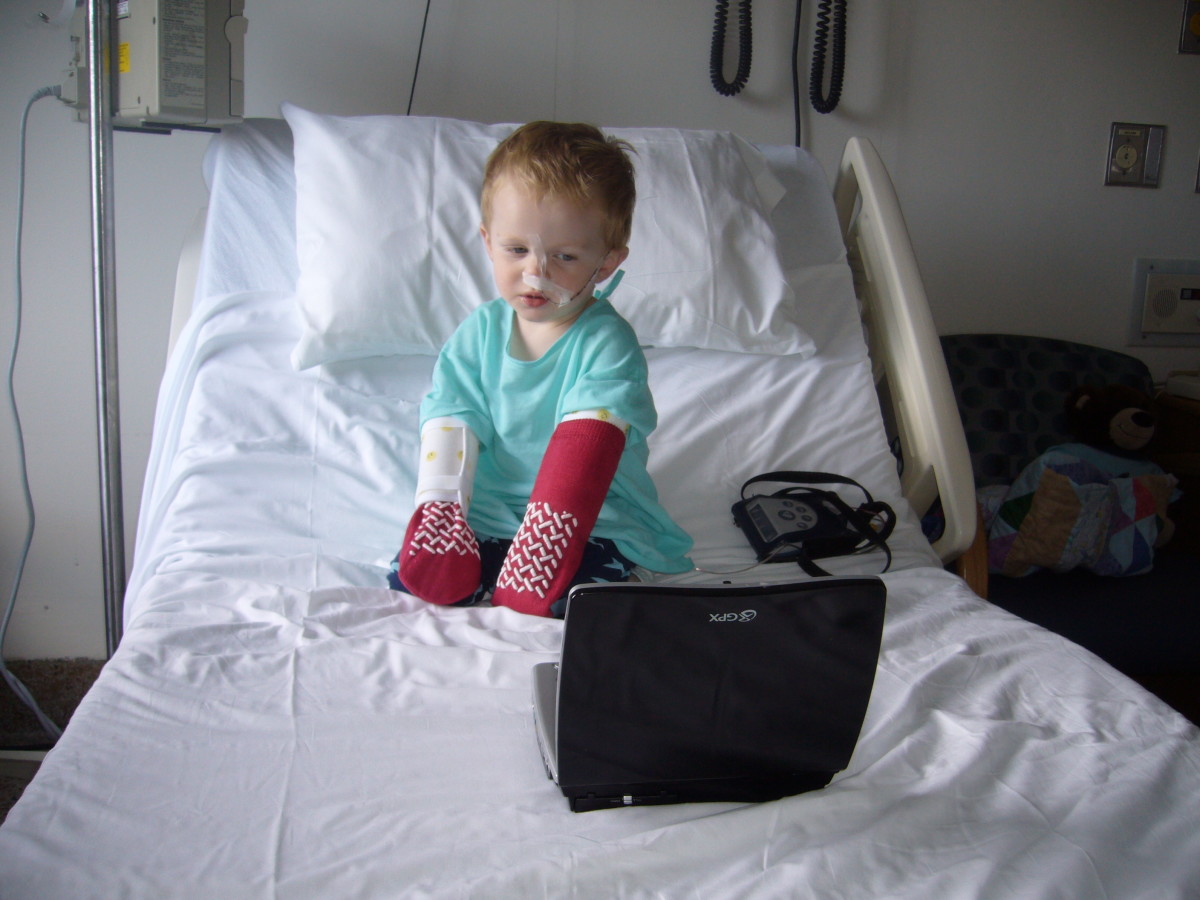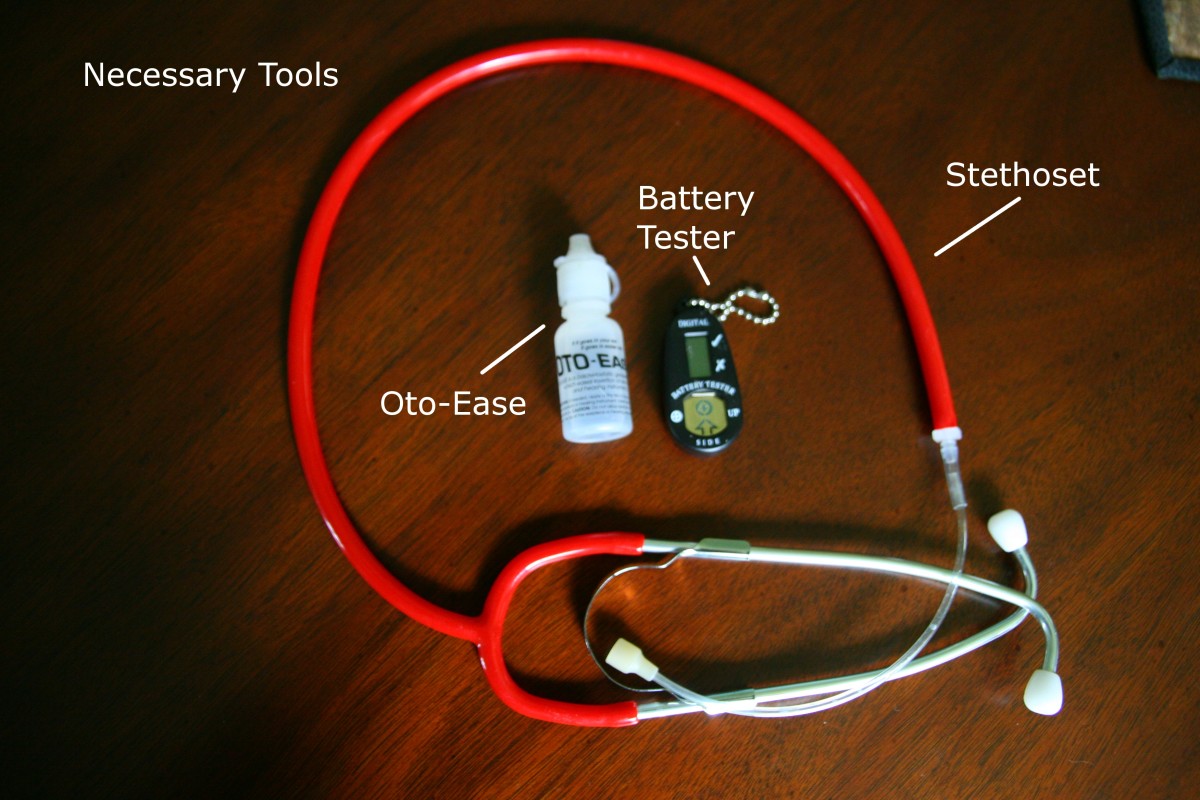How to Prevent Anorexia in Children

Throughout the history of human kind the prospect of maintaining a constant supply of food was a life or death proposition. From the time of hunter gatherers to the invention of farming and irrigation, humans have evolved and come to a place where, for a good majority of the Industrialized Western World, we have more than enough food than we need. Even with this abundance, as hard as it is to believe, there are women, teens and most recently girls as young as 6 years old, who choose to starve themselves and are overcome by a disease known as Anorexia Nervosa. Anorexia is an emotional disorder characterized by an obsessive desire to lose weight by refusing to eat. The problem is on the increase in boys as well beginning now to affect children at younger and younger ages.
Over the years, and at an alarming rate, children have been increasingly exposed to more and more images of skinny, flawless sexualized women, strongly influencing their perception of beauty and what it means to be accepted. The result of this increasing influence is a rise in the volume of eating disorders and a younger onset age of this disease.
There are societal factors and ways in which parents relate to their children which can help prevent Anorexia. Even while the media is bombarding women, teens and now children with unrealistic and unattainable goals, parents can have an influence in the home by rejecting this media driven ideal. Parents can prevent anorexia by incorporating changes in a child’s environment, such that the negative media and cultural influences will more likely be resisted by the child. Some of these changes include efforts at building and reinforcing a child’s self-esteem, body image and sense control, by making changes in the amount of media exposure and taking a careful look at the food environment in the home.
Low self-esteem makes it difficult for girls to resist negative influences. Younger and younger children are being exposed to an onslaught of images which define what beauty is. The message is ‘skinny is beautiful’, and since girls aspire to be beautiful they buy into this ideal. They are made to believe that there is something wrong with their body. Since the exposure to this message has been on the rise, the onset age for anorexia has lowered. Until recently, the average onset for Anorexia Nervosa had been 12-15 years old, yet newly released studies reveal that it has fallen to as low as 9-12 year old. A powerful video created by Dove illustrates the volume of unhealthy images that young girls are being exposed to.
Pressure to conform to an unrealistic ideal of beauty
One way to protect a girl from being influenced by the cultural pressure to be skinny is early intervention, building her self-esteem from the start. Healthy self-esteem exists when a child feels good about themselves and is reinforced daily through life experiences. When a child experiences the world as an accepting place, filled with love and support, she builds a foundation of self-esteem. Conversely, when a child is criticized and often told that she is doing something wrong, her self-esteem can vanish. A neglected child will have little opportunity to build self esteem since her core needs are not being met.
Yes, children and young adults will inevitably face adversity, rejection even loss. These inevitabilities need not rob them of their self esteem if they are provided with a sustained and reassuring sense of being genuinely loved for the person they are rather than the some sexualized, market driven ideal of perfection meant only to promote clothes and cosmetics.
Here are some ways to boost a child’s self-esteem:
- Teach good behavior rather than correcting bad behavior.
For example: instead of: “why haven’t you cleaned your room?”
You can say: “Let me show you how to clean your room and we can do it together” when the task is complete you can acknowledge the child’s efforts.
- If the child has misbehaved, mention the behavior at issue and remind the child that they can do better and that you believe in them. Clearly separate the child from the behavior.
- Taking the time to listen to what the child has to say on a daily basis
- Be affectionate. There is no such thing as too many hugs. The power of touch is profound, without saying a word we can tell a child that they are loved, special and wanted. This is one of the greatest gifts.

With a foundation of high self-esteem, a girl will be better able to resist not only the cultural belief that only thin is beautiful, but also other influences in their lives that might make them trust others rather than themselves.
Another way to prevent Anorexia Nervosa is to foster a good body image. Girls suffering from anorexia have a distorted body image; they see themselves as fat despite being dangerously underweight. Some girls begin dieting because they feel that if only they could lose weight their lives would improve. This diet can later become extreme and may result in Anorexia Nervosa.
Parents and especially Mothers, can model behavior that shows body acceptance and love. Sadly, both mothers and daughters have been bombarded with unrealistic images of female beauty and can share in the damaging effects, but this negative cultural expectation doesn’t have to completely damage the home environment. The media will not be changing its standard of beauty any time soon, but mothers can. Tell your daughter that her body is beautiful just the way it is, be proud and stand proud as a mother against the constant barrage of truly harmful societal expectations.
If a mother is always on a diet or discussing how she needs to lose weight, she will be sending an unintended message to her daughter. This unintended message states “I am not good, even unlovable unless I am thin”. This mirrors the unhealthy cultural ideal and gives the child validation that being skinny is perhaps the greatest goal of all. If a mother chooses to diet, the topic of dieting is best kept away from the listening ear of the child. Young children are not able to understand that this is an adult issue and instead can begin to feel that they too are fat and need to lose weight. Children have an amazing ability to emulate behavior, but as a child without a full comprehension of dieting, this behavior can cause extreme dieting, exercising and possibly result in anorexia nervosa.

Fathers also have a huge role in influencing their daughter’s body image and relationship to food. The best rule of thumb for dad is to avoid to making ANY negative comments about his daughter’s appearance. Since the cultural expectation to be thin is already so great, one comment from dad might validate this standard of beauty and inadvertently place a child on the path to an eating disorder. Fathers can instead focus on making a deeper connection with their daughter and look for the beauty that lies within. A meaningful relationship with dad allows the daughter to reject this cultural pressure to be thin since child knows that “dad loves me just the way I am.” Girls can better withstand the cultural force to be thin by having a strong relationship with their fathers.
Many psychologists are concerned about the changing definition of childhood. More and more children are taking on adult stress, adult sexuality, and increasingly adult body image problems. It is sad to think that a young girl only a few generations ago might have been riding a bicycle and jumping rope is now possibly being admitted to a hospital for anorexia, and at the risk of dying. Dr. Malcolm, a child psychiatrist states “long term eating disorders have the worst death rates in child mental health. Around five per cent die from them eventually, people can be very resistant to treatment.”
Parents can take some control back by creating a safe place, or haven where a girl can learn about who she is before having to fend off cultural pressures. By limiting media as much as possible, parents can give their daughter the gift of a safe and nurturing childhood, with the parent being the greater influence rather than the media.
A study was done before and after the introduction of television to Fiji. Before the study, the women of Fiji were found to have very good body images and cherished their full figures. After television was introduced however, in 1995 the women were surveyed again and found to have poor body images and the incidents of dieting and eating disorders had first began there insidious effect after being nonexistent before. It is clear that media influence establishes an unrealistic ideal for these women as it does for most women, teens and now girls. Another study revealed that simply viewing the image of a typically skinny model for a split second, lowered a woman’s self-image immediately after. If just one image has a negative effect on a woman’s opinion of herself then what effect do years upon years of viewing these images do to a person’s self-esteem and body image?
To fend off this negative influence parents can:
- Create a low media exposure home.
- Avoid having women’s magazines in view.
- Put a limit on television exposure.
- Be very selective about what TV shows are being watched as well as what kind of advertising is being shown.
- Keep in mind that ads for weight loss programs introduce the idea that the child may need to lose weight. Television programs like “Biggest Loser” can plant a seed or even lead a young girl on a path to anorexia
Some psychologists believe that one underlying cause of anorexia nervosa is a need to feel in control. As a result, the child will diet in order to feel that they are regaining some control. To prevent this, allow your daughter to feel that she has control in her life by permitting her, when it is appropriate, to make decisions for herself, such as activities or certain clothing choices. Give your daughter the time and space to discover who she is without the barrage of media driven ideals. While she is on this journey, offer her consistent love and acceptance.

Living in a society which is abundant in food and food choices, yet at the same time promotes a 'skinny' ideal, creates an inherent problem which could be considered a cultural eating disorder. Our society is suffering from a variety of rapidly increasing problems related to food, health and weight. While we can’t change this reality, families can, as mentioned, create a more healthy food environment in the home. As parents we can:
- Eat a healthy well balanced diet
- Help the child tune in to their own hunger so that they sense when to start and when to stop eating.
- Talk about how food nurtures and builds strong healthy bodies
- Avoid putting food into “good” and “bad” categories but rather foods that we eat more or less often and why.
While there are a great many variables responsible for anorexia, children at higher risk include those with low self-esteem, dependency, problems with self-direction, anxiety, depression, perfectionism, being highly self-critical, as well those whose mothers suffered from maternal depression and those with infant feeding problems.
Eating disorders are more difficult to identify in young children because they are less commonly suspected. Know the warning signs. Here are some things to watch out for:
- Dieting despite being thin or dangerously underweight
- Excessive or compulsive exercising
- Fear of fat and weight gain, even though the child is underweight
- Avoiding meals
- Trying to conceal weight loss with loose clothing
- Rituals: cuts food into tiny pieces; refuses to eat around others; hides or discards food; avoids meals, eats in secret or only eats food in small portions. Unusual interest in food
- Feeling overweight despite being underweight
Early detection offers the greatest chance of recovery.
By realizing that the media and our culture work and are ruled by profit driven motives, while parenting ideally functions from a place of selfless love, we recognize that this is a constant battle. And while we are aware and struggle with these opposing forces, engaging them where and when we can, our children are sadly the victims.
© 2012 Tracy Lynn Conway








